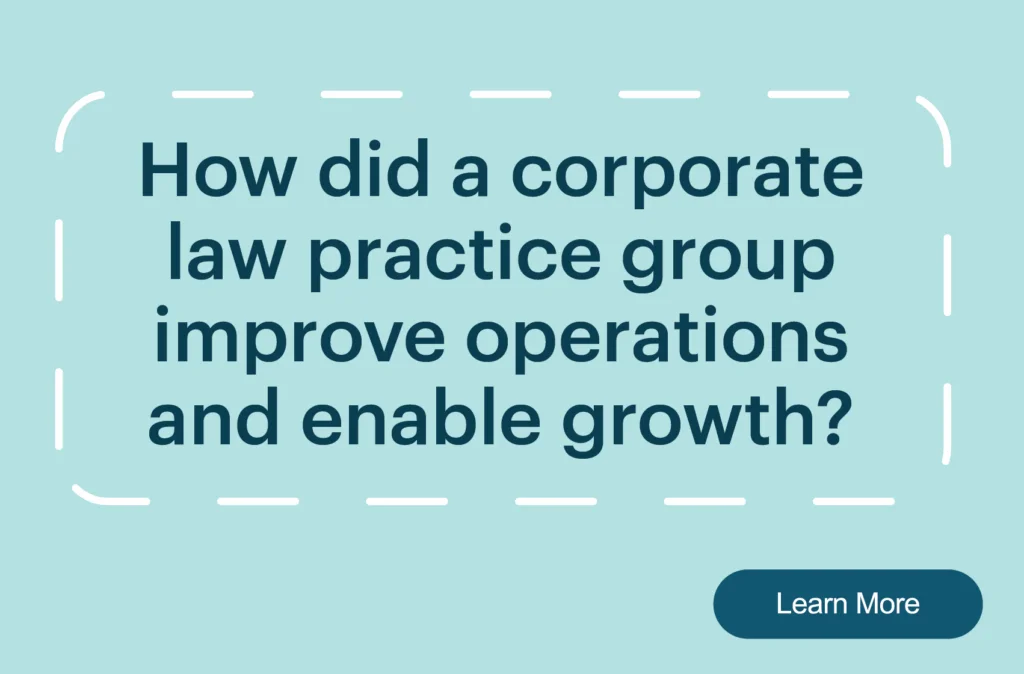The coronavirus pandemic has unleashed a dramatic – and possibly permanent – shift to remote work. A study published this summer found that nearly half (42%) of Americans are now working from home full-time. While the first wave of the pandemic pushed organizations across the globe to shutter physical workplaces, businesses are now bracing for the next waves of the virus – and preparing for what work will look like in this unfolding environment.
In the first days of COVID, many companies quickly invested in digital tools to keep workers connected during the sudden shutdown. Now, leaders are taking a second look at these “band-aid” solutions as they seek to build tech stacks that will meet their long-term needs. One of the main concerns is protecting data and users, especially as security hiccups plague some popular collaboration tools. With the average employee sending 200 messages a week, collaboration tools are rife with mountains of information – and the unique security risks that accompany it.
Another big consideration? Collaboration outside the four (now-digital) walls of the organization. It’s not enough to merely foster connections among teammates in this new remote environment – organizations also need to connect their employees with external clients, vendors and partners. As of 2020, 59% of business professionals were using at least three devices at work to communicate with each other and with external clients. With business lunches and industry conferences on hold, potentially for good, companies need to find ways to recreate those interactions from behind a screen.
There are significant benefits to getting external collaboration right:
- Faster workflows. Streamlining connections with people outside your company can help speed the exchange of information, approvals and deal cycles.
- Extra efficiency. The right collaboration tools reduce the time needed to search through emails and messages by bringing all documentation together into a single, organized interface.
- Stronger partnerships. Technology that mirrors in-person interaction can help businesses provide a greater level of client service, even during an uncertain time.
In short, it’s not only a good idea for companies to adopt collaboration tools that support external collaboration during the pandemic and beyond: it’s necessary.
Considerations for External Collaboration
Against the backdrop of COVID, many tech vendors are introducing digital tools meant to break down organizational barriers and bring everyone into the same room virtually. Not all of these tools are created equal, however. Here’s what to evaluate when choosing a collaboration solution for your organization.
Is open collaboration right for your organization?
While open collaboration is on the rise among companies, this model often doesn’t cut it for enterprises with complex privacy needs. If your business deals with company or client intellectual property, patient health information, classified information, or other sensitive data, you’re going to need a more secure solution. Workstorm is built to foster collaboration, while ensuring private data stays that way. With Workstorm, you can:
- Invite individuals, not companies, so you can control exactly who sees what information and data.
- Clearly flag external users in conversations and channels.
- Ensure that conversations are private by default.
Workstorm was created with privacy, security and compliance in mind, based on our founders’ own experiences within the financial industry. It provides peace of mind that data will remain in the hands of those who need to see it, away from the eyes of everyone else.
Who owns the data shared among multiple organizations within the platform?
As a corporate entity, success is contingent on effectively managing trade secrets and intellectual property. When it comes to external collaboration with clients and vendors, it’s crucial to determine where your conversations, documentation and sensitive assets reside.
Workstorm’s top priority is to secure data at a corporate level, ensuring you have total control over the data and assets that make your organization tick. You can create channels with your external parties, and any data or information generated within these channels will belong to your organization – not anyone else’s. That’s different from the way other popular platforms work, where information shared among organizations can blur the lines of company privacy. With Workstorm, you can have complete confidence in exactly who owns which data – and that it’s protected properly.
Do you need to bring in third-party solutions that could create data privacy concerns?
Security is only as good as the solutions connected to your collaboration tool of choice. While your collaboration provider may be committed to some level of privacy, if the tool requires additional integrations, it can create weak spots for information to leak. Workstorm offers a full suite of tools, including videoconferencing, email, messaging, calendar and announcements, built right in. It’s designed to mirror how your team actually works when you’re together in the office, reducing the risk of shadow IT and data vulnerabilities by bringing tools into a single, secure space.
Can it bring many users from many organizations together cost-effectively?
Professional leaders spend about 80% of their workdays communicating with other people, and 28% of that time is dedicated to reading and responding to emails. Considering how crucial good communication is to the fabric of many organizations, bringing these individuals together in organized channels can help enhance productivity dramatically.
But what if a new project requires ongoing communication between multiple stakeholders scattered across several organizations? Some tech vendors cap the number of users or companies from outside the organization that can tap into the tools being used. Per-user costs can add up, and company caps can be frustratingly limiting. Workstorm enables you to connect to unlimited users, even in our trial version, so you can securely manage day-to-day communication, document sharing and meetings – no matter what your needs are.
Moving Forward While Staying Connected
It’s clear that remote work is not only the new normal, it’s here to stay. Professional organizations are recognizing the importance of not only being able to successfully work from remote locations, but also of selecting collaboration tools that provide confidence that information will stay in the right hands.
Workstorm is built with these needs in mind, allowing teams to work with colleagues and clients alike without worrying about data leakage or sacrificing privacy. By building a stack that addresses long-term needs like external collaboration, organizations can plan for a future that may be more remote, yet more collaborative, than ever before.



